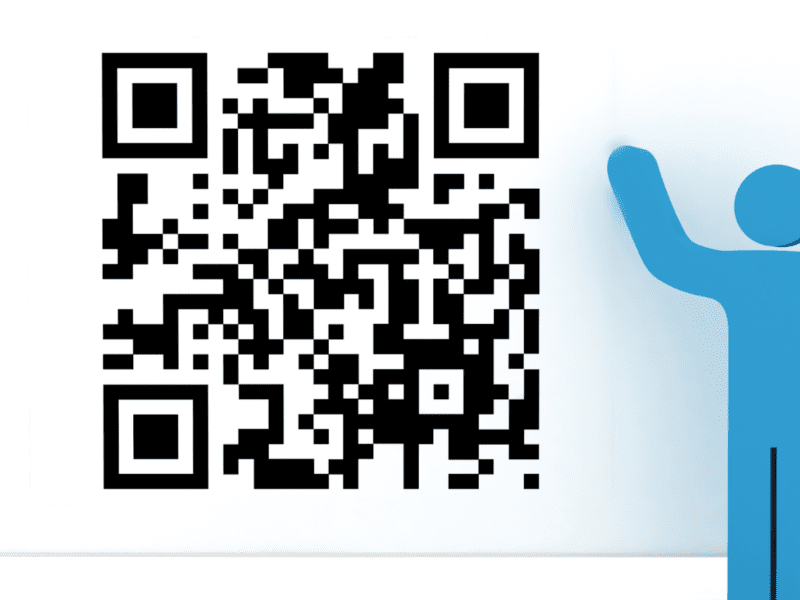
Top 5 Customer Loyalty Programs that Improved Customer Experience in 2022
Loyalty programs have long been an important part of retail marketing and customer retention actions. They can be a vital tool in increasing brand loyalty and customer experience. A study surveying the relationship between loyalty programs, customer satisfaction and customer loyalty in the retail industry found that, “there are positive and significant relationships among loyalty programs, customer satisfaction and customer loyalty.” However, in order for retail loyalty programs to succeed, they need to investigate and implement data driven aspects. Consumers value unique and creative loyalty programs that are distinct and appropriate to the brand they shop with.
How Retail Loyalty Programs can Improve Customer Experience
The main problem facing the retail industry is the ever changing nature of customer habits, desires, and expectations for retail brands. Additionally, customers, now more than ever, are looking for a great deal of customization and personalization in their retail shopping experience. Loyalty programs have proven to positively impact customer retention, loyalty, and satisfaction. However, it is vital that brands focus on data and personalization within their retail loyalty programs.
Deep data analytics can help in personalization and targeted communications between brands and their consumers. By analyzing the key aspects of a customer base, brands can improve the customer experience in various ways through an effective loyalty program. It is imperative that brands value and act on customer feedback, and strategically include components that can improve customer experience in a loyalty program. Notably, a retail loyalty program should be easy to understand, and the redemption of the rewards should be simple. A complicated and non-transparent program can result in a negative user experience. What is important, however, is for brands implementing loyalty programs to acquire a plethora of different types of data in order to execute personalized, consumer driven loyalty programs.
For more information:
Top 5 Customer Loyalty Programs
The North Face
The North Face, a brand dedicated to apparel and outdoor equipment, incentivises loyalty through offering flexibility in how customers can redeem their rewards. These flexible options are tailored to suit the lifestyle of their customers. The North Face customers can earn points on what is called the XPLR Pass program in the ordinary way of purchasing The North Face products as well as some more innovative ways. These include attending The North Face events, checking in at specific locations and downloading the company’s app. Customers can then redeem their rewards in a variety of ways, including travel experiences. This is an effective and innovative example of how retail loyalty programs can increase brand loyalty and customer experience. Additionally, the company reinforces their brand identity by offering benefits that are aligned with their company’s niche.
Jelly Belly
The Jelly Belly Candy Company, one of the largest providers of gourmet jelly beans. The company created their loyalty program, Jelly Belly Sweet Rewards, in order to maximize customer retention, and increase consumer engagement with the brand. The loyalty program allows consumers to earn a certain number of points for specific actions. These actions include purchasing products, referring friends, or writing reviews. Customers can then redeem their points for discounts. What is unique about the Jelly Belly loyalty program is its incorporation of gamification. The loyalty members receive more benefits as they increase their point numbers, and can reach loyalty goals that are represented in three categories: Sweet Rewards Rookie, Sweet Rewards MVP, and Sweet Rewards All-Star. When customers reach 1,000 lifetime points, they are eligible for free shipping and additional discounts. Interestingly, when customers reach over 5,000, they are members of the Sweet Rewards All-Star, here they can gain access to additional points per purchase and action along with more discounts. This incentivizes customer engagement and loyalty, whilst simultaneously increasing the positive experiences that loyal customers have with Jelly Belly.
The Body Shop
The Body Shop is a brand that is known for its strong commitment to sustainability and corporate social responsibility. The Body Shop deals with its loyalty program differently to other businesses. The loyalty program operates on a shop more to earn basis, but the true innovation comes from the way that the loyalty program acts like a community more so than a points program. In line with their brand, The Body Shop’s loyalty program first presents customers with a mission statement which focuses on inclusivity. This alone sets them apart from their competitors. The loyalty program is designed not just as a way to earn rewards but also as a way of giving back to The Body Shop community. Customers are therefore able to actively benefit from their purchases, but also do good in the process. This simultaneously reinforces the company’s brand identity, positively impacts customer experience, and increases consumer loyalty.
McDonalds
McDonalds is the undisputed leader of fast food – serving as many as 69 million customers every day. It does not come as a surprise that the company also offers a loyalty program that is designed to improve customer experience and retention. For each dollar that a customer spends, they receive 100 points in the loyalty program. These points can be spent on free meals, and the greater the number of points a customer has, the greater the reward they can redeem. These rewards are split into four tiers based on the point level of the customer. Customers can also get points for doing things other than shopping, such as linking their card to the app. This places a value on the customer’s engagement with the company, and incentivizes certain actions that are not necessarily linked to purchases.
Levis
The Levi’s loyalty program is called the Red Tab program, and rewards loyal customers with points and other redeemable products. The other rewards include extended shopping hours, birthday rewards and special discounts. This particular retail loyalty program has only been growing of late, with customers being more likely to return to spend their dollars at Levis. This has been particularly true of the younger demographic who are quantifiably more engaged and, as a result, more likely to use all of the benefits which the loyalty program offers. By having a retail loyalty program like this, Levis is able to increase customer satisfaction by allowing consumers to feel like they get more from their purchases than just the items at hand.
Final Thoughts
Many brands have created some form of loyalty program, however, some of them fall prey to uncustomizable, impersonalized programs that do not appeal to their customer base. A data driven loyalty platform that focuses on personalization is far more likely to succeed and increase customer experience. Brands like The North Face and The Body Shop have implemented retail loyalty programs that are specific to their consumer pool, and incentivize their customers to purchase for more benefits. The rewards that loyalty programs offer are important. Whilst point based systems work well for certain loyalty programs for brands, it is vital that customers feel that the benefits are valuable enough for repeat purchases. This is where customization and personalization are important. By evaluating and attaining data on consumers, brands are able to prioritize brand identity and loyalty, as well as the customer’s experience. Deep data analytics and strategy consultation enable brands to create world class loyalty programs.







